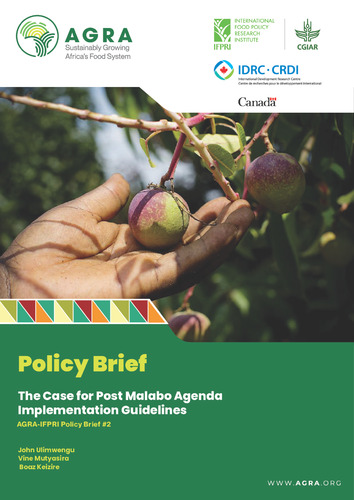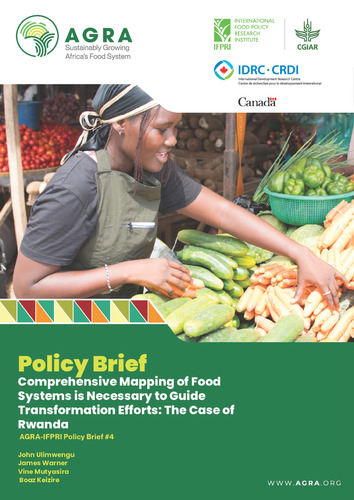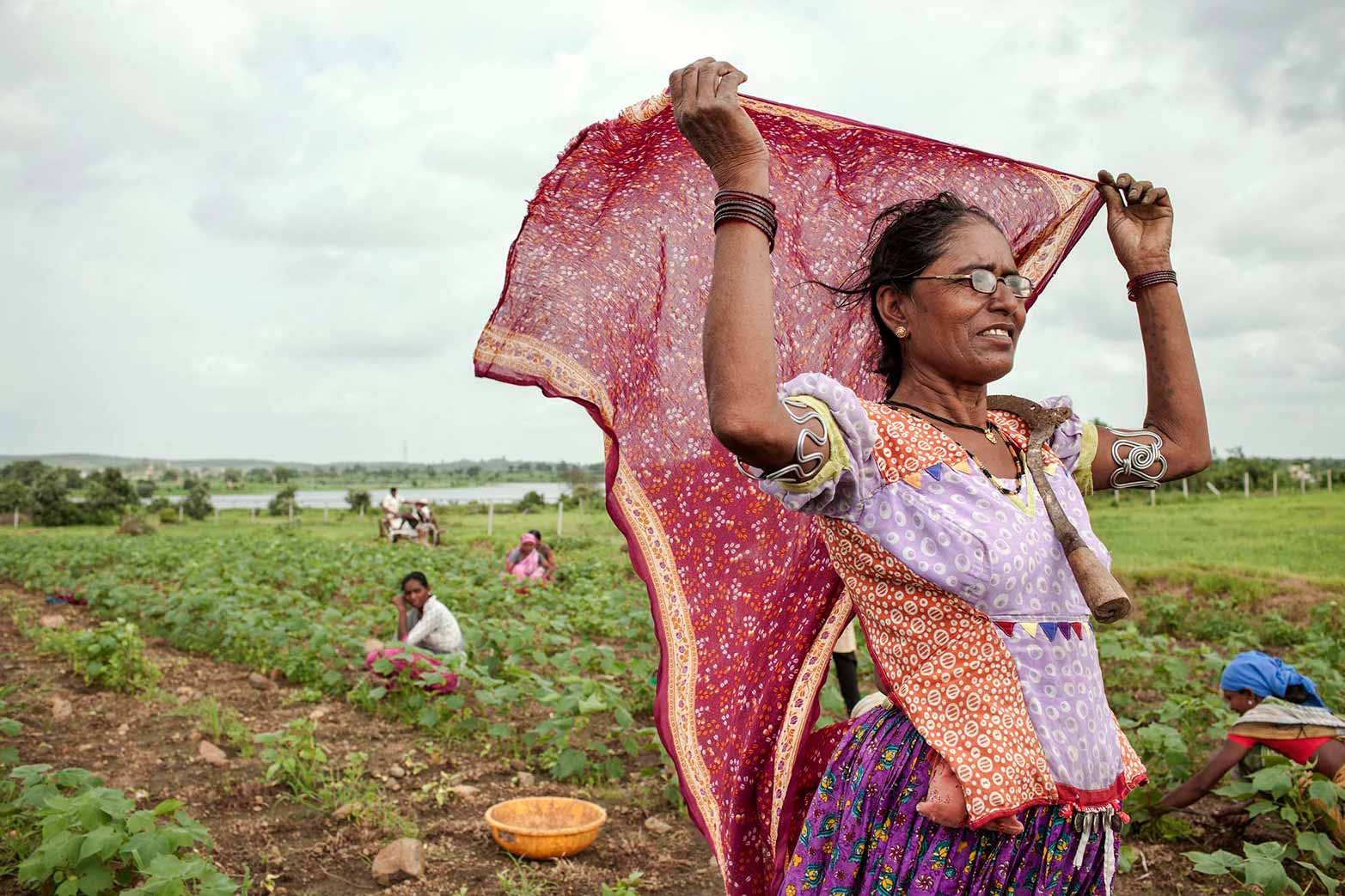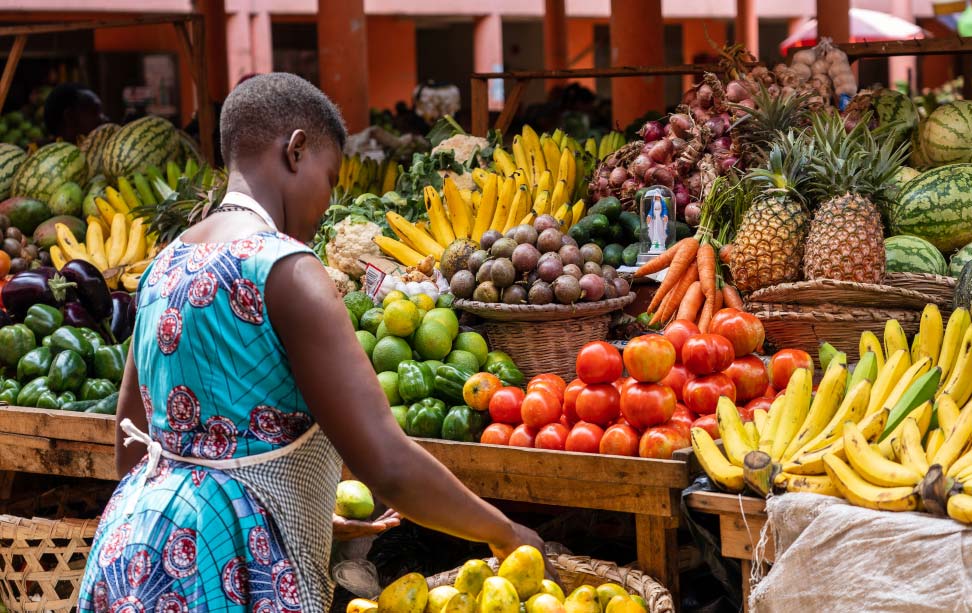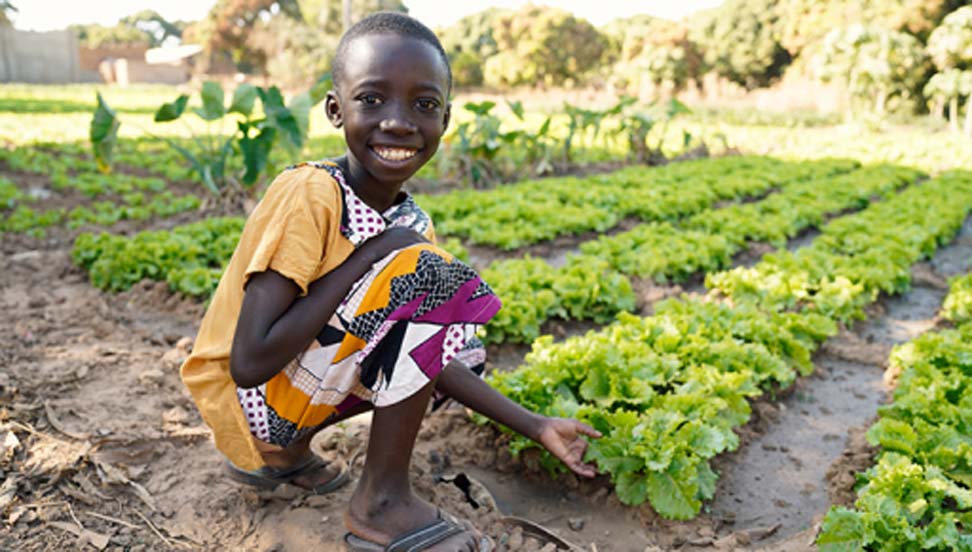Comprehensive mapping of food systems is necessary to guide transformation efforts: The case of Rwanda
Rwanda has made significant strides in improving its food systems, with notable progress in reducing malnutrition and stunting, especially among children. Stunting rates declined from over 50% in the early 2000s to 33% by 2020, reflecting the government’s commitment to addressing food insecurity and enhancing nutrition through a range of agricultural and public health initiatives. The country’s Crop Intensification Program (CIP) has played a pivotal role in increasing agricultural productivity, especially for staple crops like maize, beans, and Irish potatoes, which has contributed to better food availability across the country. Despite these achievements, substantial challenges persist. Almost 19% of households still face food insecurity, with the highest prevalence in rural areas. Additionally, malnutrition continues to affect vulnerable populations, with anemia rates among women of reproductive age at 37%, signaling gaps in nutrition security. Environmental concerns, including soil degradation, water scarcity, and climate change, further complicate efforts to sustain agricultural productivity. Approximately 40% of Rwanda’s land is affected by soil erosion, and shifting climate patterns pose increasing risks to agricultural yields. These challenges indicate the need for a more strategic, research-based approach to understanding and transforming Rwanda’s food system.
Authors
Ulimwengu, John M.; Warner, James; Mutyasira, Vine; Keizire, Boaz
Citation
Ulimwengu, John; Warner, James; Mutyasira, Vine; and Keizire, Boaz. 2025. Comprehensive mapping of food systems is necessary to guide transformation efforts: The case of Rwanda. AGRA-IFPRI Policy Brief 4. Nairobi: AGRA, IFPRI, and IDRC. https://hdl.handle.net/10568/169384
Keywords
Africa; Eastern Africa; Southern Africa; Food Systems; Malnutrition; Stunting; Food Security; Agriculture; Public Health; Intensification; Agricultural Productivity; Sustainability

